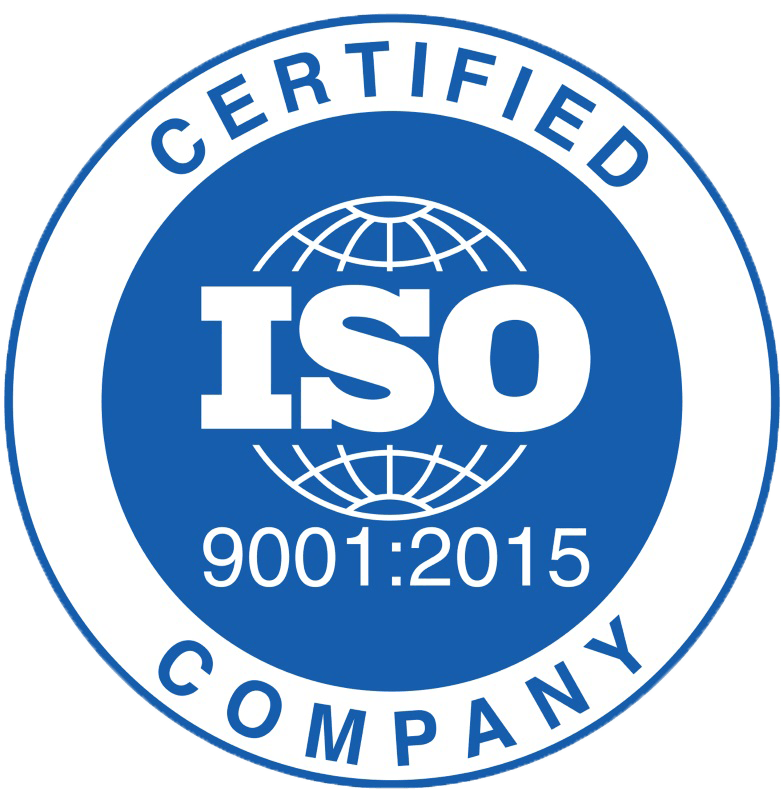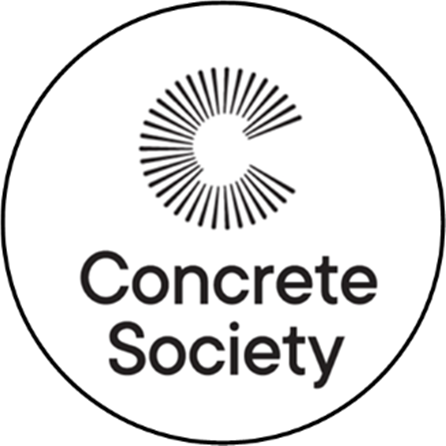Water Quality Parameters
Smart Storm offer a wide range of ISE and Digital water quality sensors to integrate with the USI and USM controllers.
Home » Water Quality Parameters
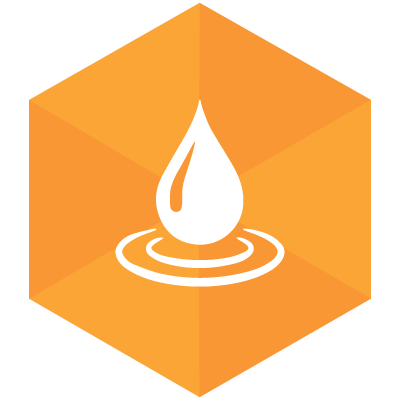
Smart Storm offer a wide range of ISE and Digital water quality sensors to integrate with the USI and USM controllers.
We use a combination ISE ammonia sensor with our innovative USI and USM instruments for two options of ammonia meter.
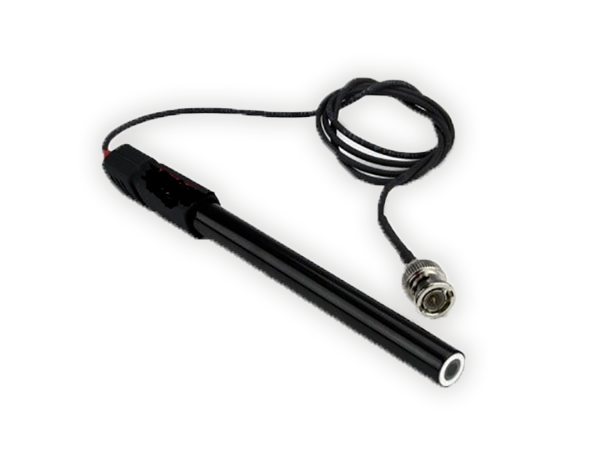

Ammonia can be very harmful to the natural ecosystem, and is toxic to fish in small quantities. If the pH and temperature of the water increases then so does the harmfulness of the ammonia. Fertiliser and animal feed production is a source of ammonia, as well as the manufacture of plastics, paper and rubber.
We use a combination ISE sensor with our innovative USI and USM instruments for two options of ammonium meter.


Ammonium is formed by the addition of a hydrogen proton to ammonia. This ammonium ion is created when ammonia – a weak alkaline – reacts with a certain type of acid. Like ammonia, ammonium is toxic to aquatic life so therefore must be monitored and treated.
We use a combination ISE sensor with our innovative USI and USM instruments for two options of calcium meter.


We know calcium as the building blocks of our bones, and it it equally important to the cell walls of aquatic plants and of the bones and shells of aquatic animals. As water flows over rocks like gypsum and limestone it picks up calcium. Low levels of calcium in aquatic ecosystems can significantly reduce the waters ability to support life. High levels can cause disease – hence the need to monitor and treat calcium in wastewater from industry and domestic sources.
We use a combination ISE chloride sensor with our innovative USI and USM instruments for two options of chloride meter.


Chloride is formed when chlorine gets an additional electron – hence it is a negatively charged ion. It is common in salts, including sodium and potassium. It is found naturally, but also comes from agriculture, road salting, oil and gas wells as well as industrial wastewater. Chloride in increase volume has a negative effect on aquatic life, affecting reproduction and survival rates – hence why it needs to be treated and monitored.
We use a digitally optimised Modbus conductivity sensor with our innovative USI and USM instruments for two options of conductivity meter.

The conductivity of water is a measure of it’s capability to conduct an electric current. The more ions that are in the wastewater the higher the conductivity. Conductive ions come from dissolved salts and inorganic materials, so contaminated water is highly conductive.
We use a digitally optimised Modbus DO sensor with our innovative USI and USM instruments for two options of DO meter.

Dissolved oxygen refers to the level of free, non-compound oxygen present in water or other liquids. It is an important parameter in assessing water quality because of its influence on the organisms living within a body of water.
We use a combination ISE fluoride sensor with our innovative USI and USM instruments for two options of conductivity meter.


Fluoride – an ionic compound or salt – is naturally occurring and can be found in low levels in most bodies of water. Fluoride generally enters the watercourse via soils and rocks. Industrial sources such as aluminium smelting plants can increase fluoride levels significantly. Fluoride is is toxic to humans and aquatic life and can work it’s way up the food chain – hence why we need to effectively monitor and treat fluoride.
We use a digitally optimised inductive conductivity sensor with our innovative USI and USM instruments for two options of conductivity meter.


Inductive conductivity of water is a measure of it’s capability to conduct an electric current. The more ions that are in the wastewater the higher the conductivity. Inductive Conductive come from dissolved salts and inorganic materials, so contaminated water is highly conductive.
We use a combination Ion Selective Electrodes nitrate sensor with our innovative USI and USM instruments for two options of nitrate meter.


Nitrate is a compound containing nitrogen and oxygen and is know as a salt. Nitrates can be a animal and human byproduct as well as coming agricultural fertiliser and industrial processes. When too many nitrates get into in water it can cause excessive plant growth, stealing oxygen from the water for aquatic life. This is why nitrates need to be monitored and treated before it gets into the ecosystem.
We use a combination ISE potassium sensor with our innovative USI and USM instruments for two options of conductivity meter.
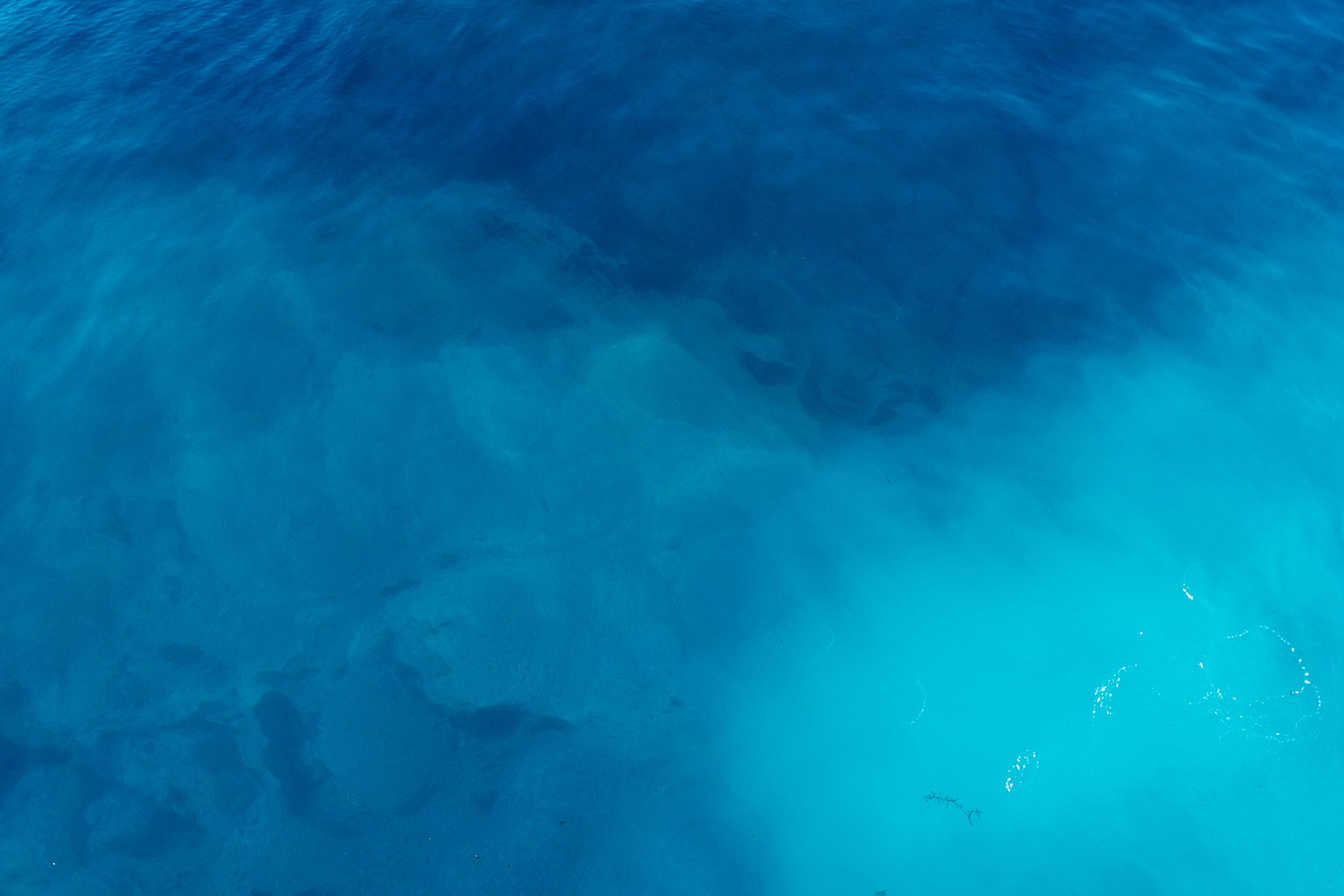

Potassium in a naturally occurring ionic compound (or salt) and can be found in most bodies of water. It generally finds it way into water through clay, which is made up of minerals containing potassium, and other natural processes. Potassium is widely used in glass production and can be found in glass manufacturers wastewater. Potassium is required by organisms for nerve functions but can be toxic to aquatic life and humans in higher levels – hence why it needs to be treated and monitored.
We use an analogue pH sensor with our innovative USI and USM instruments


pH is a measure of how acidic/basic water is. The range goes from 0 – 14, with 7 being neutral. pHs of less than 7 indicate acidity, whereas a pH of greater than 7 indicates a base. pH is really a measure of the relative amount of free hydrogen and hydroxyl ions in the water. pH can control the availability of nutrients, biological functions, and microbial activity, hence why it needs to be monitored.
We use a digitally optimised Modbus combined pH/redox/temperature sensor or analogue pH sensor with our innovative USI and USM instruments.

pH is a measure of how acidic or alkaline (caustic) the water is. It is defined as the negative log of the hydrogen ion concentration. Water at either end of the scale can have significant consequences. Acidic effluent is known to damage and erode our sewage systems. The food industry can have particularly acidic wastewater, which needs pH balancing. pH is measured using a glass electrode containing an electrolyte solution and a reference electrode. When placed in water, an electrical force produced between the internal solution and the water can be measured. This force is a measure of pH.
We use a digitally optimised Turbidity conductivity sensor with our innovative USI and USM instruments for two options of conductivity meter.

Turbidity is often used as an indicator of water quality. This is determined by how the light is scattered when directed at a water sample. Turbid water will appear cloudy, murky, or otherwise coloured, affecting the physical look of the water. Drinking water would be <0.1 NTU. In many effluent streams and water processes the turbidity gives a strong indication of water quality and can be used to determine the level of treatment needed.
We use a digitally optimised MES5 sensor with our innovative USI and USM instruments for two options of a total suspended solid meter.
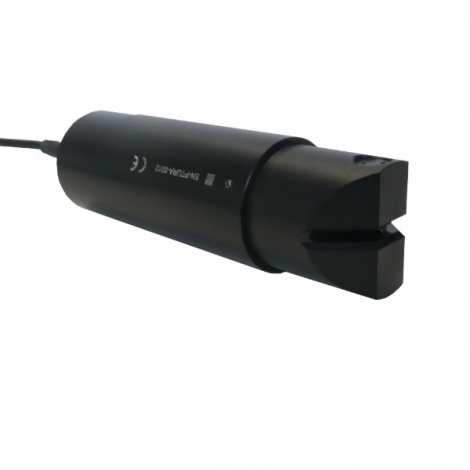

Total suspended solids are often used as an indicator of water quality. This is determined by the dry weight of particles of suspended particles, that are not dissolved, in a sample of water that can be trapped by a filtration meter. TSS is a water quality parameter used to assess the quality of a specimen of any type of water or wastewater after treatment in a wastewater treatment plant. Drinking water would be <0.1 FAU. In many effluent streams and water processes, turbidity gives a strong indication of water quality and can be used to determine the level of treatment needed.
Whether it is COD/BOD/TOC/DOC/TSS/UVs measurement for aeration management, chemical dosing or monitoring your UV disinfection performance, UV254 measurement will provide you with a fast, responsive and cost-effective means of measuring the organic content of your wastewater and optimising your process.
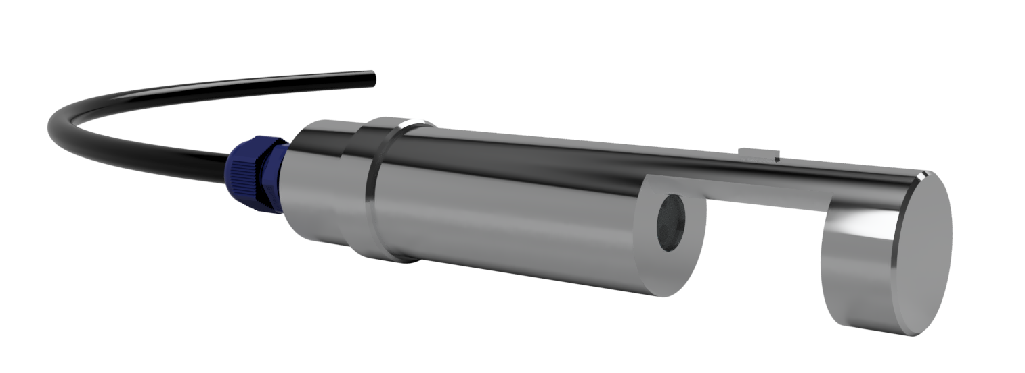

ISE combination electrodes are rugged solid-state sensors with built in Teflon double junction references that do not require filling solutions or membrane replacements.
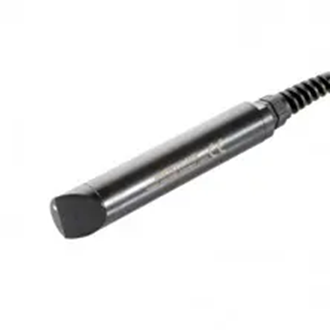
Digital Sensors are Smart plug and play devices that measure complex parameters such as COD, Turbidity etc, store calibration data internally and communicate on a universal Modbus 485 protocol. They can be used with Smart Storms range of instrumentation or any data logger with Modbus communications.

Click on a category for more details.
Copyright 2019-2026 Smart Storm Ltd.
